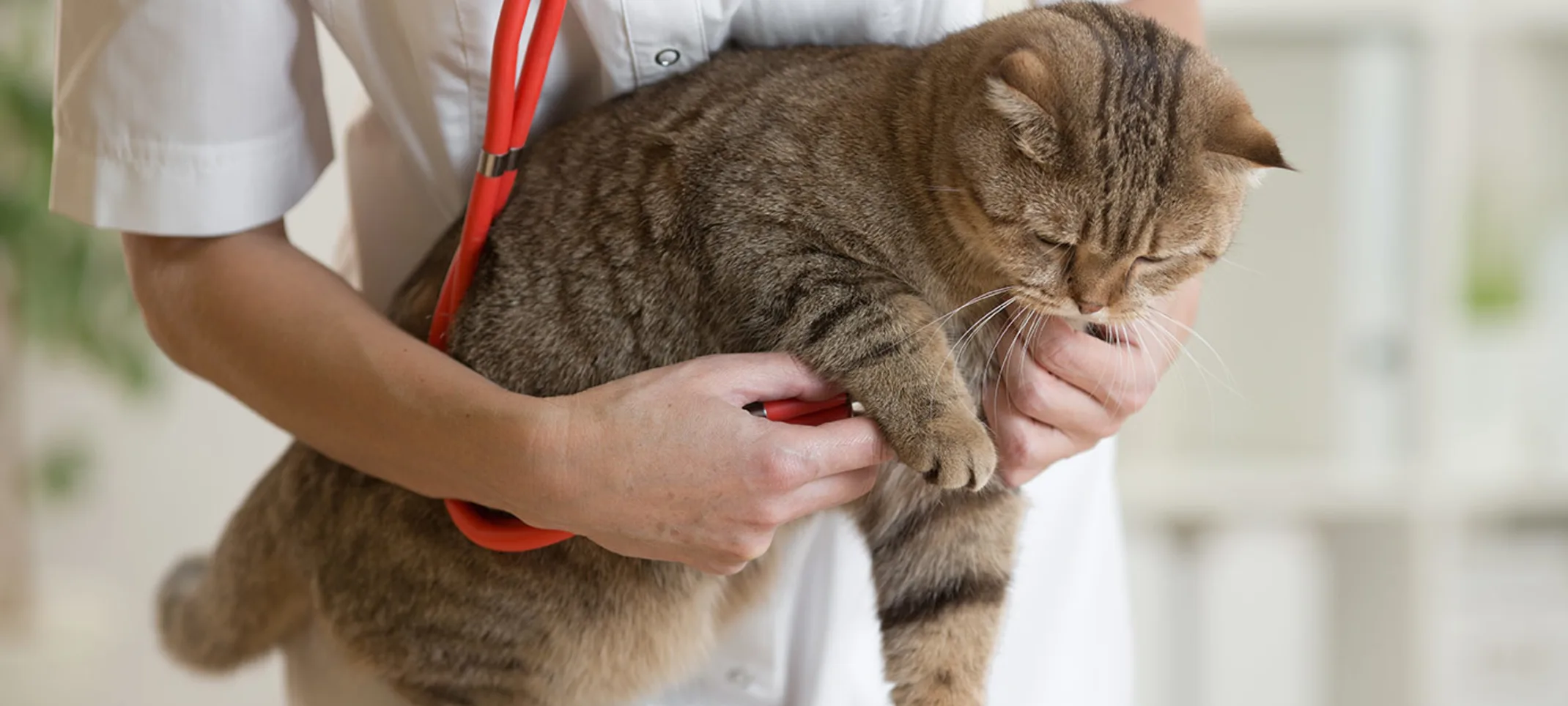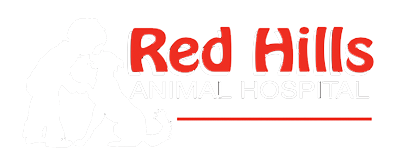Red Hills Animal Hospital
Endoscopy
An endoscopy is a highly useful medical imaging tool used to examine your pet without actually examining an internal organ or obtaining a biopsy.

Overview
We are the only veterinary hospital in Southern Utah that has a complete line of veterinary-specific rigid and flexible endoscopes.
An endoscopy is a highly useful medical imaging tool used to examine your pet without actually examining an internal organ or obtaining a biopsy. To perform an endoscopy, your veterinarian uses a thin tubular instrument with a small camera on the end – called an endoscope – and inserts it into an opening of the body.
Why would my pet need an endoscopy?
An endoscopy is a highly useful medical imaging tool used to examine your pet when they are experiencing symptoms such as weight loss, vomiting, or diarrhea. With endoscopic equipment, your veterinarian can examine different internal organs like the lungs (bronchoscopy), the colon (colonoscopy), and the bladder (cystoscopy). For your pets, the endoscopy can provide a minimally invasive way for your vet to diagnose gastrointestinal conditions and cancer, or in some cases, it can also be used therapeutically for an interventional endoscopy.
When is an endoscopy appropriate?
An endoscopy is a highly useful medical imaging tool used to examine your pet less invasively. An endoscopy is usually recommended when our doctors find abnormalities on bloodwork or X-rays and need to confirm a diagnosis. It can also be used for therapeutic purposes, which is termed an interventional endoscopy.
How is an endoscopy used?
An endoscopy is performed with either a flexible endoscope (bronchoscopy, colonoscopy, or endoscopy) or with a rigid endoscope (arthroscopy, cystoscopy, laparoscopy, proctoscopy, rhinoscopy, or thoracoscopy). The machine is made up of a tube that enters the body, an eyepiece, and a control section for the doctor to maneuver the equipment. Additionally, there are two channels within the endoscope. One channel can be used for various endoscopic tools to collect fluids or samples, and the other allows air or water to pass through. Special video cameras can also be attached that allows viewing of the procedure on a screen or recording a video of the procedure.
Endoscopies performed on humans only require light sedation, however, because animals don’t understand that a veterinary team is trying to help them, they will need to be sedated under general anesthesia for the duration of the procedure.
Where Endoscopes can go and what they can do (with our help!)
Esophagus, Stomach, Small intestines; Ability to visually inspect the tissues, collect biopsies of these areas, or remove foreign objects like toys, strings, rocks.
The nasal passages; for foxtails, tumors, infections.
Ear, ear canal, deeper structures; To remove foreign objects or better visualize problems that may be present.
Trachea and Lungs; Look at the trachea and its structures, collect tissue samples. Retrieve foreign objects. Obtain samples from the lungs.
Urinary Bladder; To obtain biopsies of masses, bladder stone removal.
Endoscopy minimizes the risks with anesthesia and collects intestinal biopsies, is minimally invasive, and has a minimal recovery time with no incisions, resulting in a high diagnostic success rate. Aids in the removal of foreign objects such as rocks, bones, toys, etc., from the gastrointestinal tract. We are the only hospital in town with a complete line of veterinary-specific flexible and rigid endoscopes.
Bronchoscopy is a minimally invasive procedure in which a scope/camera is used to evaluate the lungs, lymph nodes, and bronchial tree. We also have the ability to collect samples of fluids from the surrounding lung tissues to look for infections or cancers.
Cystoscopy is a minimally invasive procedure in which a scope is inserted in the urinary bladder to evaluate for bladder stones, cancer, and other disorders of the urinary tract.
Rhinoscopy is a minimally invasive procedure in which a scope is inserted into the nasal passage and surrounding area looking for infections or foreign material.
